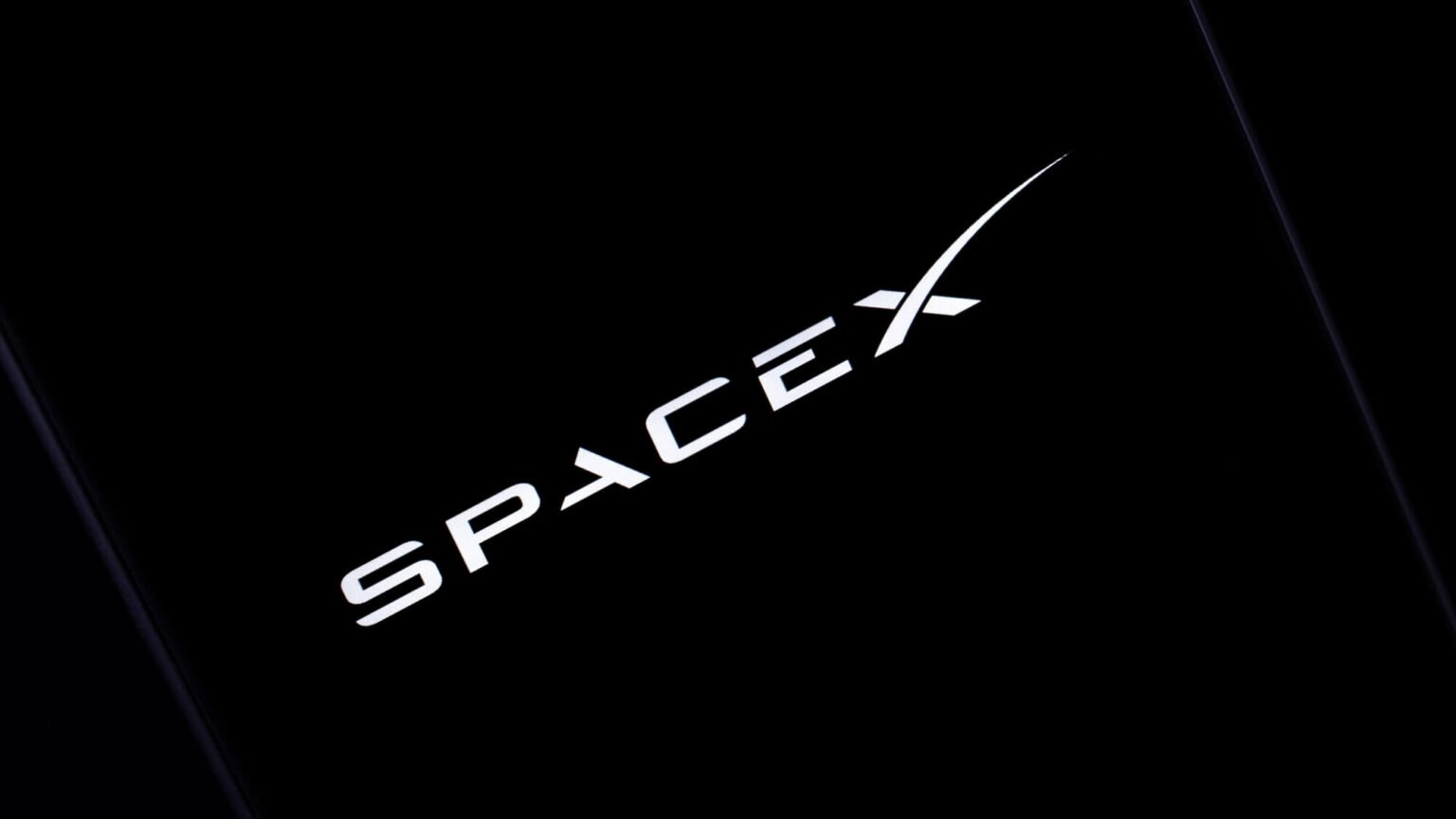Tether holds USD 8 billion in physical gold in a secret Swiss vault – covering nearly 5% of USDT reserves.
Author: Editorial Office CVJ.CH
The SEC approves the conversion of the Grayscale Large Cap Fund into an ETF that tracks ETH, SOL, XRP, and ADA in addition to Bitcoin.
Sparkassen, KBC, and other banks will soon offer Bitcoin & Ethereum directly in online banking – crypto is becoming a standard product in Europe.
Quantum computers are exponentially more powerful than conventional machines, but they still pose only a minor risk to Bitcoin.
USA launch first staking ETF with Solana – direct SOL investment plus passive on-chain staking now possible.
Robinhood launches ETH & SOL staking in the U.S., tokenized stocks via Arbitrum in Europe – a strategic move into the crypto business.
Dinari becomes the first US company to receive SEC broker-dealer license for tokenized stocks – dShares soon available for US platforms.
Fiserv plans stablecoin FIUSD in cooperation with Circle, Paxos & PayPal – for a banking and merchant network of 10.000 institutions.
More and more US states are setting up Bitcoin reserves – New Hampshire, Arizona, and Texas introduce reserve funds, nationwide trend grows.
What happened this week in the world of blockchain and cryptocurrencies? Current events and background reports in our weekly review.
The CVJ.CH Summer Soirée at GenTwo’s Zurich offices brought together leading voices in Swiss digital asset banking for a candid discussion.
Republic launches rSpaceX tokens – retail investors gain on-chain access to SpaceX performance starting from USD 50, trading on INX Exchange planned.
FHFA mandates: Crypto holdings may now be considered assets for mortgage applications at Fannie Mae & Freddie Mac
Chainlink & Mastercard enable crypto purchases directly on the blockchain – 3 billion users gain DEX access with a credit card.
Pompliano merges ProCap BTC with SPAC – ProCap Financial targets 1B USD Bitcoin balance sheet and active yield models.
Bitcoin once again defends the 100.000 USD mark despite conflict in the Middle East, while Ethereum and altcoins weaken.
























